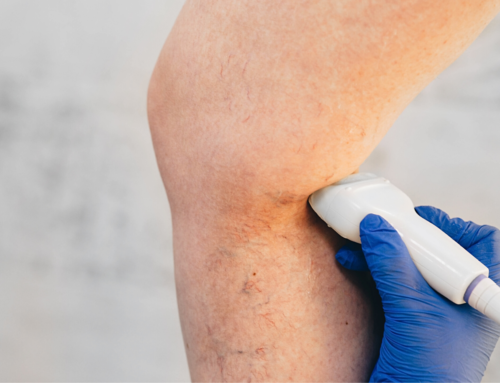Chronic back pain is a common health issue that significantly affects the quality of life for people living with the condition. Between 11–40 percent of American adults go through chronic back pain; it affects their dependence on pain-relieving medication and restricts their mobility.
Since, according to the National Institute of Neurological Disorders and Stroke, about 80 percent of adults experience chronic back pain during their lives, the need for an effective cure is necessary.
Radiofrequency ablation is one such treatment that aims to manage the painful symptoms associated with chronic back pain.
Radiofrequency Ablation: What Is It?
This new pain control procedure, also known as rhizotomy, aims to provide a lasting solution to back pain that can be debilitating.
Radiofrequency ablation aims to block pain signals in the spinal nerves that transmit information about the symptoms of excruciating bouts of pain. The procedure uses radiofrequency waves to essentially “burn” the pain-causing nerve.
Radiofrequency ablation requires thermal heat, produced by an electrical current, to interrupt the pain signals heading to the brain. The heat is applied to a negligible part of the nerve tissue to distort the pain signals that are sent out from that region.
Along with chronic back pain, radiofrequency ablation is also used to target vein diseases such as spider and varicose veins.
Leg Swelling – How Is It Done?
The minimally-invasive procedure has to be performed by a specialist who deals with conditions of the veins and nerves. Since the incision will be minimal, no anesthesia is required for this procedure. However, a numbing solution will be applied to the region to minimize the discomfort.

Before the treatment begins, thorough assessments and diagnostic tests are conducted to identify the affected area. After accurately locating the vein that requires treatment, a catheter is inserted into it to deliver the heating current.
The heat produced by the electrical current creates a small burn lesion that destroys the portion of the nerve responsible for the pain signals.
The minimally-invasive treatment takes about 15–45 minutes to conduct but it offers effective pain management for pain that has persisted for years.
What Is The Recovery Like?
Radiofrequency ablation offers effective relief from chronic back pain that has resisted other interventions. While other treatment options—such as medication and lifestyle changes—may not be invasive in nature, they don’t provide effective, lasting relief.
While the immediate effects of the procedure include numbness and slight swelling in the points of insertion, the aftermath is much easier to handle. The minimally-invasive nature of the procedure means a shorter recovery period.
Once the soreness from the targeted areas subsides. You can continue on with your daily functioning without the need for prolonged rest or rehabilitation.
If you’ve been suffering from the painful symptoms of chronic back pain, it’s time for some relief. At Varicose Veins Doctors, we provide effective, minimally-invasive procedures to provide relief from a variety of vein diseases.
Some of our leading leg swelling treatments include radiofrequency ablation, laser ablation, Varithena, and sclerotherapy. Visit some of the leading vein treatment specialists in NYC by scheduling an appointment with our experts. Learn more about the treatments we offer.





